
Redazione RHC : 13 July 2025 12:07
On June 10, 1977, the Apple II went on sale, the historic microcomputer that kicked off the home computing revolution. We’d like to dedicate an article to its history.
The Apple II is one of the most successful, influential, and long-lived home computers of all time. Perhaps more than any other machine, it moved the home computer from the hobbyist’s workbench to the living room of the typical American family.
The Apple series debuted in 1977, and after the introduction of the Disk II drive in 1978, it became the “definitive” home computer. The final version, the “Platinum” IIe, was in production until November 1993. For countless enthusiasts and professionals today, the adventure began with this fantastic computer.
You too?
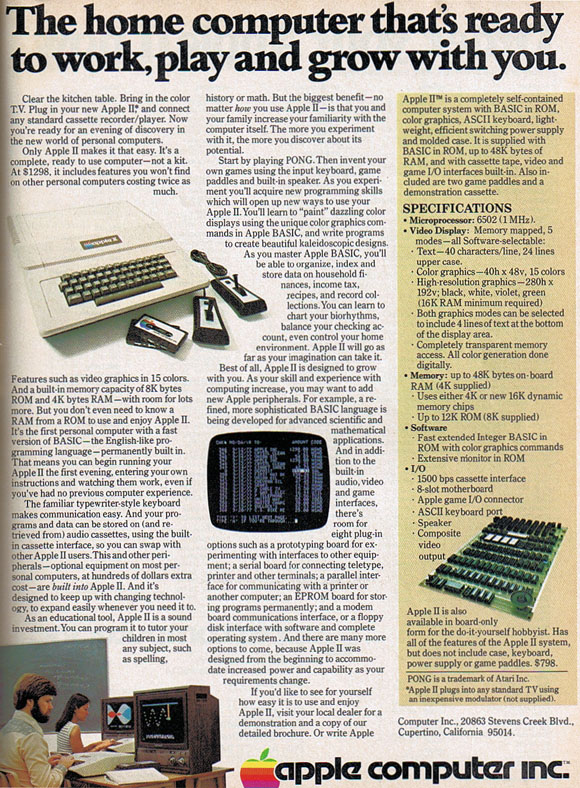
Apple II ads in trade magazines.
The story of the Apple I begins with two Steves.
Steve Wozniak (called Woz) and Steve Jobs, called Jobs.
They were a talented calculator engineer at Hewlett-Packard (HP), and Steve Jobs, an energetic and eccentric employee. Woz had been friends with Jobs in high school, where the two had made money selling “blue boxes,” illegal devices used to make free long-distance calls and eavesdrop on private conversations.
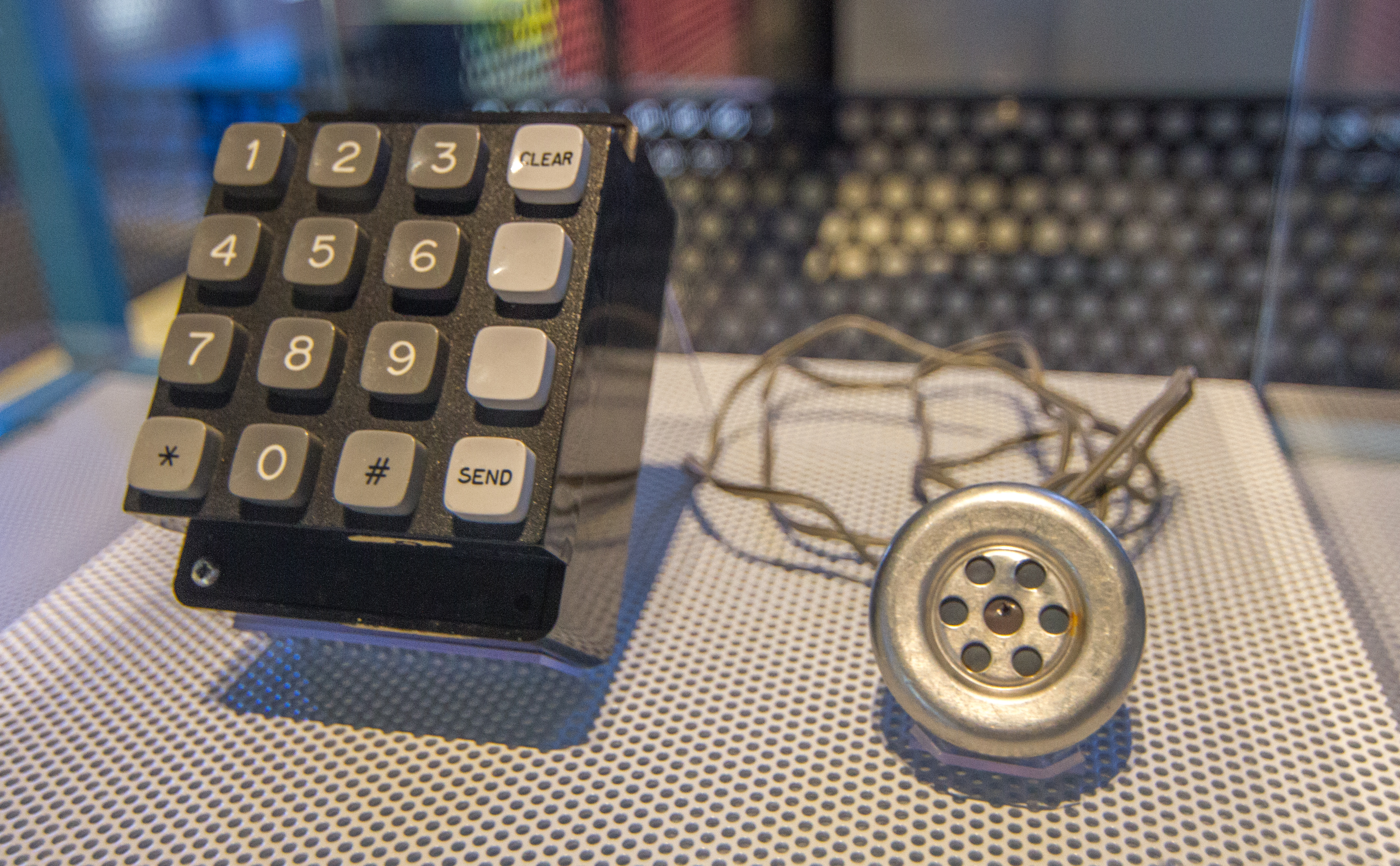
An example of a Blue Box.
Jobs became Atari’s 40th employee in 1974, serving the young company as an hourly technician. He left Atari for a year-long hiatus in India, returning to work with a shaved head and traditional Indian attire. Atari had achieved great success with its arcade version of Pong and was about to repeat its success with its popular home version. Jobs, now a night-shift engineer, was asked to create a prototype for a single-player variant of Pong, called Breakout.
The goal of Breakout was to clear the rows of blocks at the top of the screen by bouncing a ball off a small, movable paddle at the bottom.
Unfortunately, the technology required to create a machine that could run Breakout would eat into its profits, so Atari wanted a design that used as few chips as possible. Faced with such a daunting engineering challenge, Jobs sought the help of his old friend, Woz.
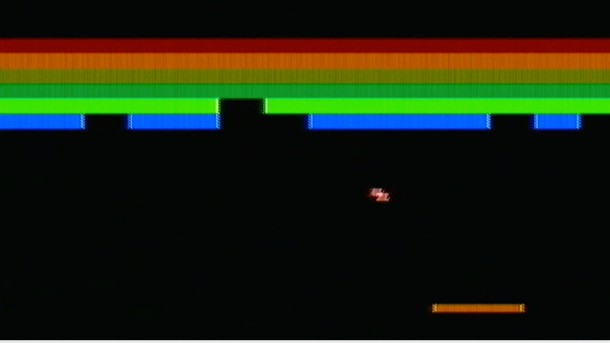
The Breakout Video Game
Atari had seen Woz’s impressive home-built Pong clone but was unable to hire him, thus luring him away from HP. However, Woz, a fan of both Atari arcade games and engineering challenges, came to his friend’s rescue.
He then completed most of the work in about four days, with an efficient design that used far fewer chips than any other Atari arcade game at the time. Atari’s engineers were impressed, and Jobs received a handsome salary and bonus, most of which he kept for himself.
Breakout would become another arcade success for Atari.
After years of hardware hacking and his two ventures into video games, Woz began working on a video terminal. He realized that one of the main obstacles to the nascent home computer industry was the lack of a cheap and effective means of displaying output.
Computer enthusiasts could settle for a row of flashing LEDs (recall the usability of the Altair 8800) or rely on a video or text terminal; neither solution was affordable for most.
Woz attended regular meetings at the legendary Homebrew Computer Club, where many future pioneers of the industry shared their ideas and passions. Inspired by this creative and highly motivated group, Woz soon demonstrated a prototype that would eventually become the Apple I. In fact, the Apple I laid the groundwork for what would come next. Atari and HP weren’t interested in the prototype, so the two Steves founded their own company, Apple Computer, on April 1, 1976.
Working out of Woz’s bedroom and Jobs’s garage, the two soon began production of the Apple I. The ever-persuasive Jobs arranged a $50,000 order with a local hobbyist computer store, the Byte Shop. Credit, time, and supply constraints were tight, but Byte Shop’s order was fulfilled, and while Apple supplied the motherboard for the computer, the shop supplied the keyboards and wooden cases to complement it. Through Byte Shop, the company enjoyed slow but steady growth in sales of the Apple I, which provided the foundation for the next great Hack, the Apple II.
Even before the Apple I was officially released, Jobs and Woz were already thinking about new features; they frequently updated the design and shared their progress with the Homebrew Computer Club, and the results of these improvements soon led them to the Apple II.
Woz, who enjoyed impressing his friends at the Club, wanted to develop a version of Breakout written entirely in BASIC. Such a feat would have been unthinkable on the Apple I, so Woz’s design for the Apple II went so far as to incorporate color graphical controls, paddle controller circuitry, and a speaker for sound. With these standard features in place, the Apple II offered technology that its 1977 rivals, the Commodore PET and the Tandy TRS-80 Model I, couldn’t match.
The home computer industry was a roaring mouse, thanks, at least in part, to a smooth-talking “mystic” and an engineer fascinated by video games, namely the two “Steves.”
“…many of the features that really made the Apple II stand out in its day came from a game, and the features that were built into it were the result of programming a BASIC version of Breakout to show off to the club.”
Steve Wozniak told Call-APPLE magazine in October 1986
Cassettes were bulky and unreliable media for storing computer data in those days, as anyone who’s ever waited twenty minutes to play a game only to be told there was a tape loading error knows.
Woz’s trump card was his design for an efficient, fast, and relatively inexpensive 5.25-inch floppy disk drive called the Disk II, which was released in 1978 to instant and near-universal success. Disks soon became the preferred storage medium on Apple systems, giving the company a significant advantage over all its competitors.
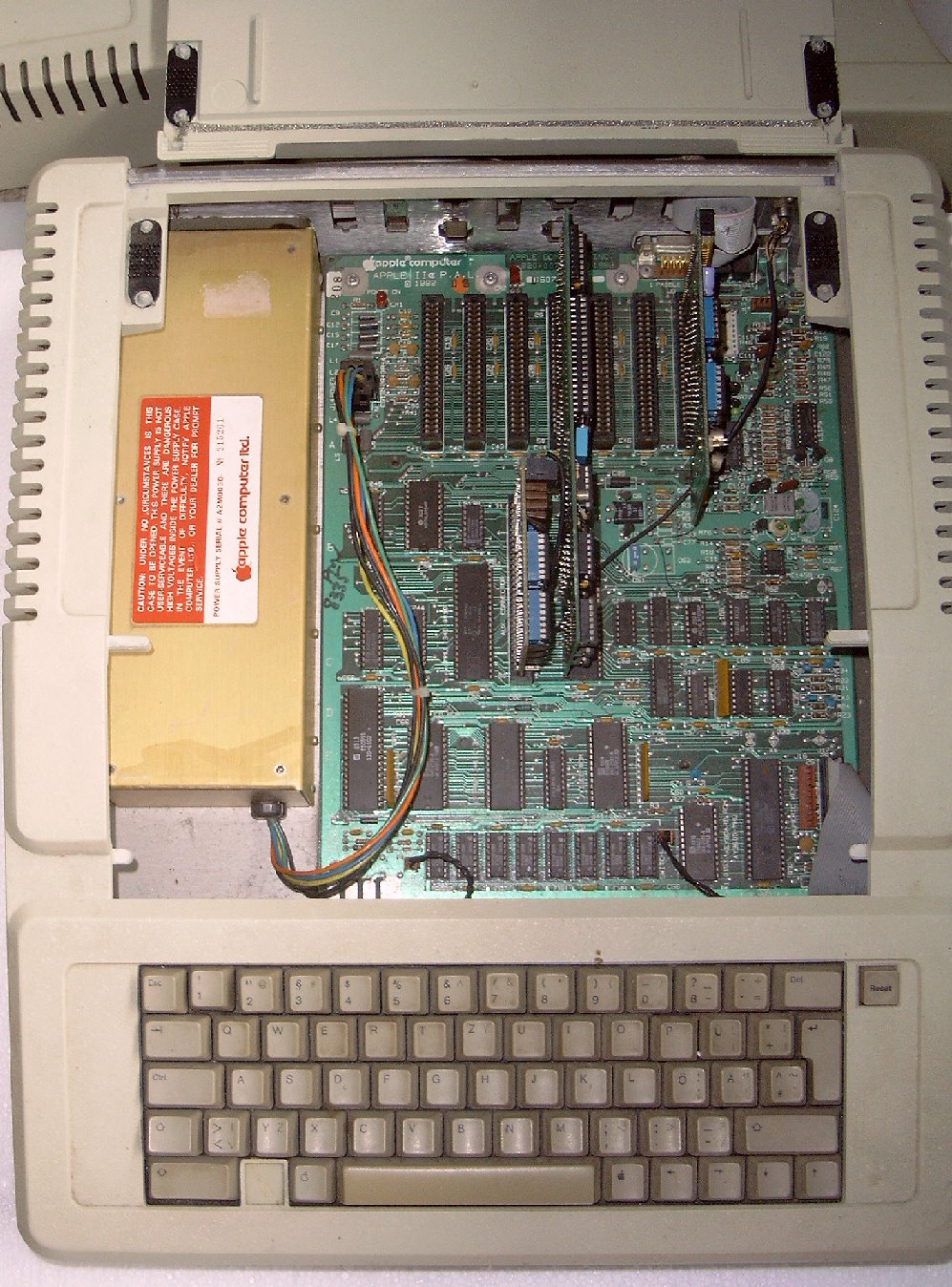
Apple II motherboard and internals.
The early standardization of the disk complemented the platform’s color graphics and sound, making the Apple II series a favorite target for both application and game developers until the late 1970s. 1980. As a result, other platforms often settled for porting games and programs that originated on the Apple II.
Furthermore, the Apple II was based on a MOS Technology 6502 CPU with a clock speed of 1 MHz and had 4 to 48 KB of dynamic RAM, while it had 12 KB of ROM.
Aesthetically, the Apple II was the first model to follow the design standard called “Snow White,” characterized by a white or light gray color and the presence of grooves, elements that would characterize Apple production until the early 1990s.
Jobs and Wozniak clashed over the use of expansion slots for additional custom printed circuit boards. Jobs believed they were inappropriate for the consumer market to which the Apple II was aimed. addressed.
Wozniak’s desire for expandability prevailed, and so the height of the Apple II’s case had to be revised to accommodate its eight expansion slots.
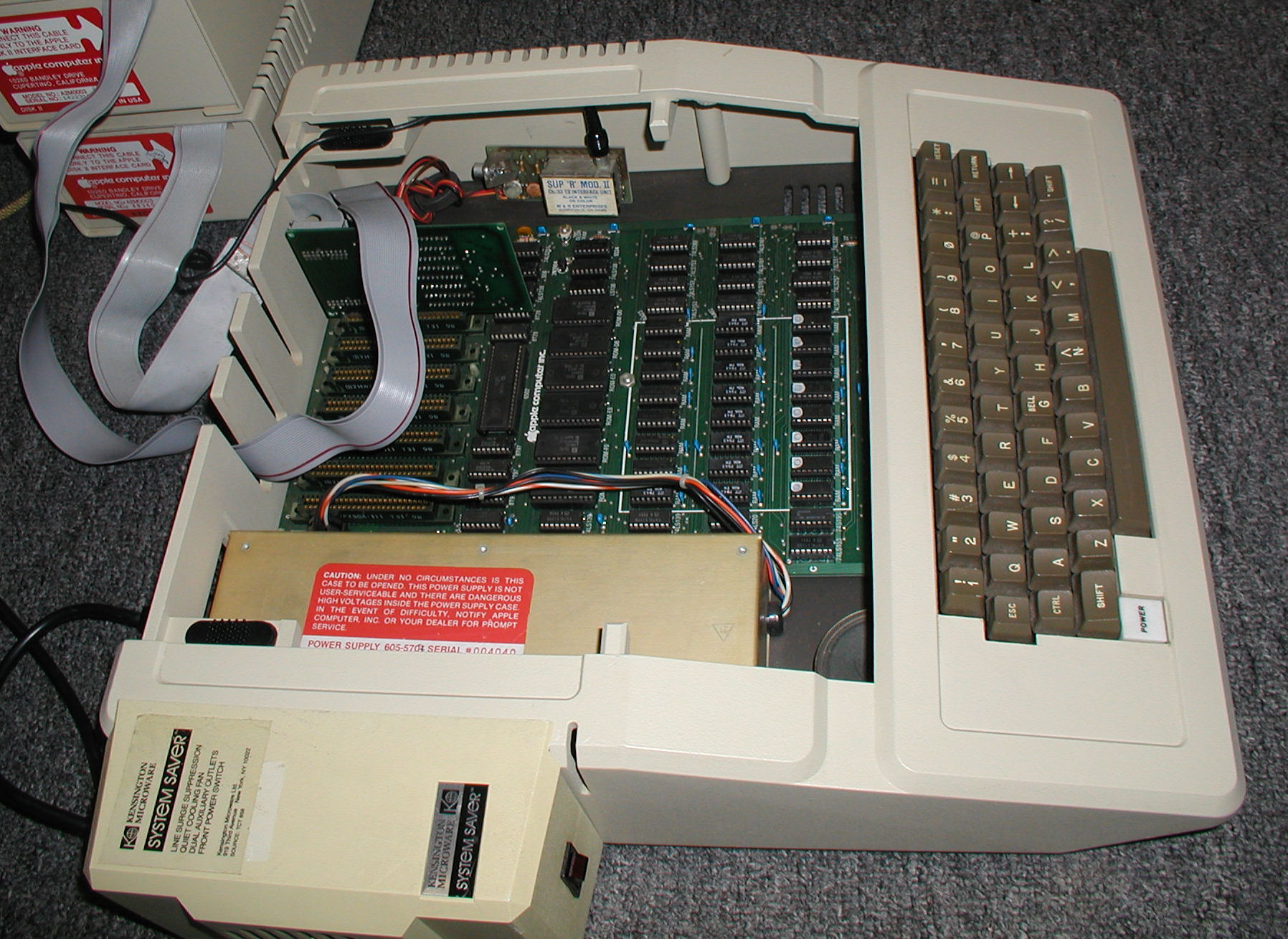
The Apple II’s eight expansion slots.
However, the necessary removable cover was not intended to interfere with the simplicity of the design. The keyboard wedge at the front of the machine is angled downward for easier typing.
Above the keyboard, a narrow groove isolates the interactive front of the machine, the keyboard, from the back, where the Apple logo and the computer’s model name appear to help reinforce its physical identity. Unique.
The rectangular back of the case has short vertical vents that wrap around the sides, on chamfered corners, and extend slightly over the top of the case.
The Apple II became a huge success for Apple.
The year it debuted, it brought in $770,000 in revenue. That figure increased to $7.9 million the following year and a whopping $49 million the year after that.
Despite efforts to replace it with machines like the ill-fated Apple III and (more successfully) the Macintosh, demand remained incredibly strong for the Apple II. In fact, Apple continued to produce updated versions of the Apple II until November 1993.
The Apple II launched a number of major players into the world of high technology. These included Mitch Kapor, founder of Lotus Development Corporation and co-founder of the Electronic Frontier Foundation, and John Carmack, the legendary programmer behind the hit games Wolfenstein 3D, Doom, and Quake.
The computer also earned Apple its first “killer app,” in the form of the essential spreadsheet program VisiCalc.
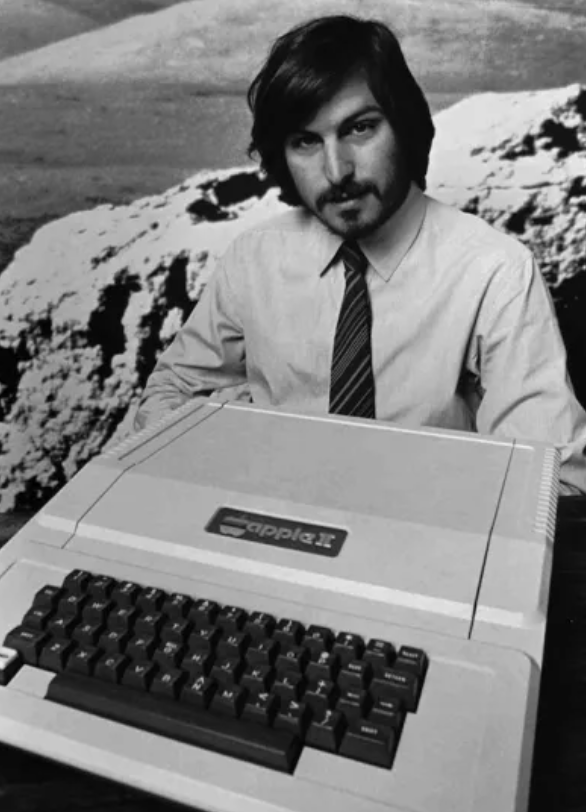
Steve Jobs poses next to an Apple II.
For all the extraordinary computers Apple has released over the years, it’s unlikely that any, with the possible exception of the original Macintosh, will ever demonstrate the same ability to reshape the computer industry as the Apple II did.
Source
https://www.landsnail.com/apple/local/design/apple2.html
https://www.gamasutra.com/view/feature/131932/a_history_of_gaming_platforms_the_.php?print=1
Follow us on Google News to receive daily updates on cybersecurity. Contact us if you would like to report news, insights or content for publication.
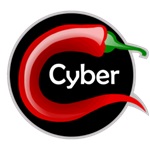 Redazione
Redazione